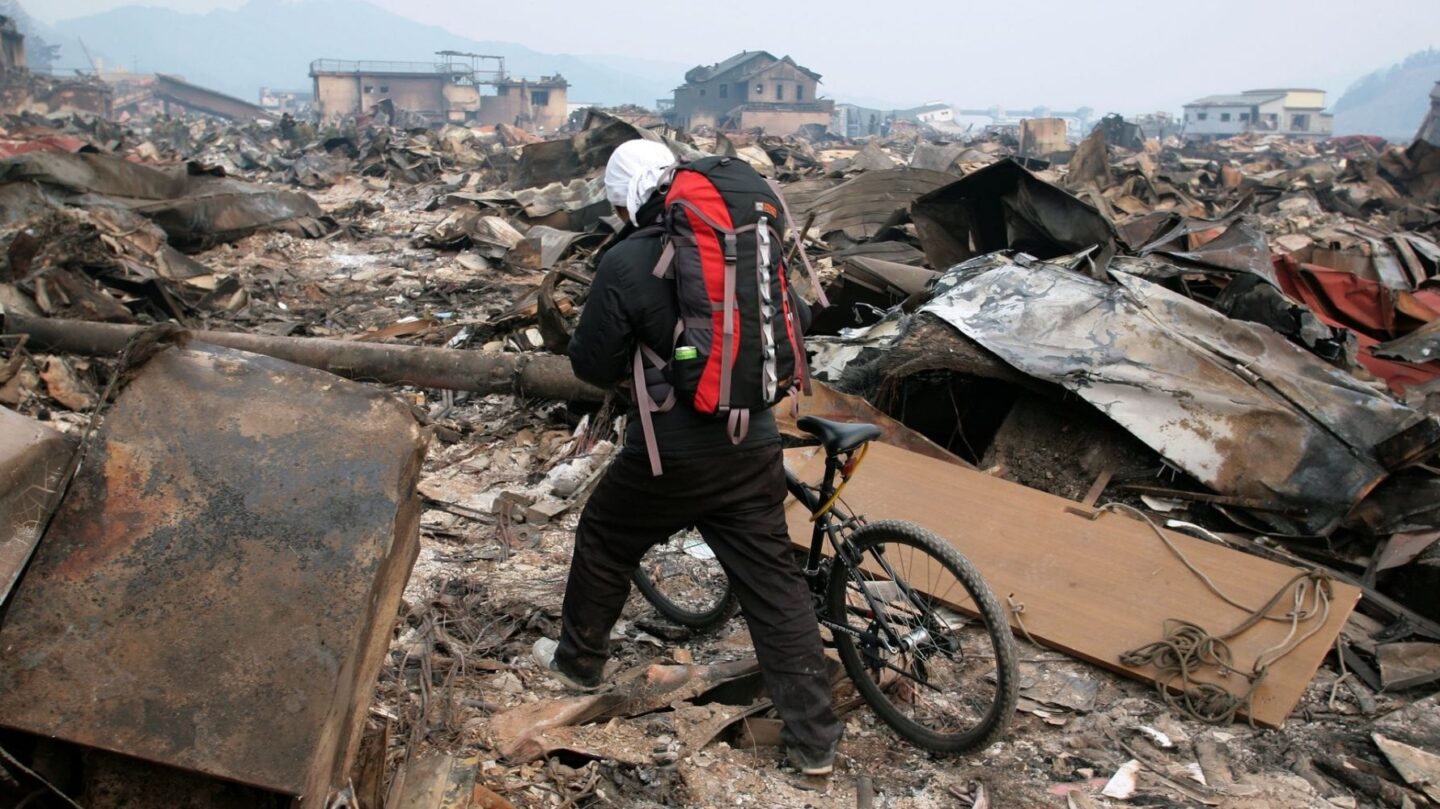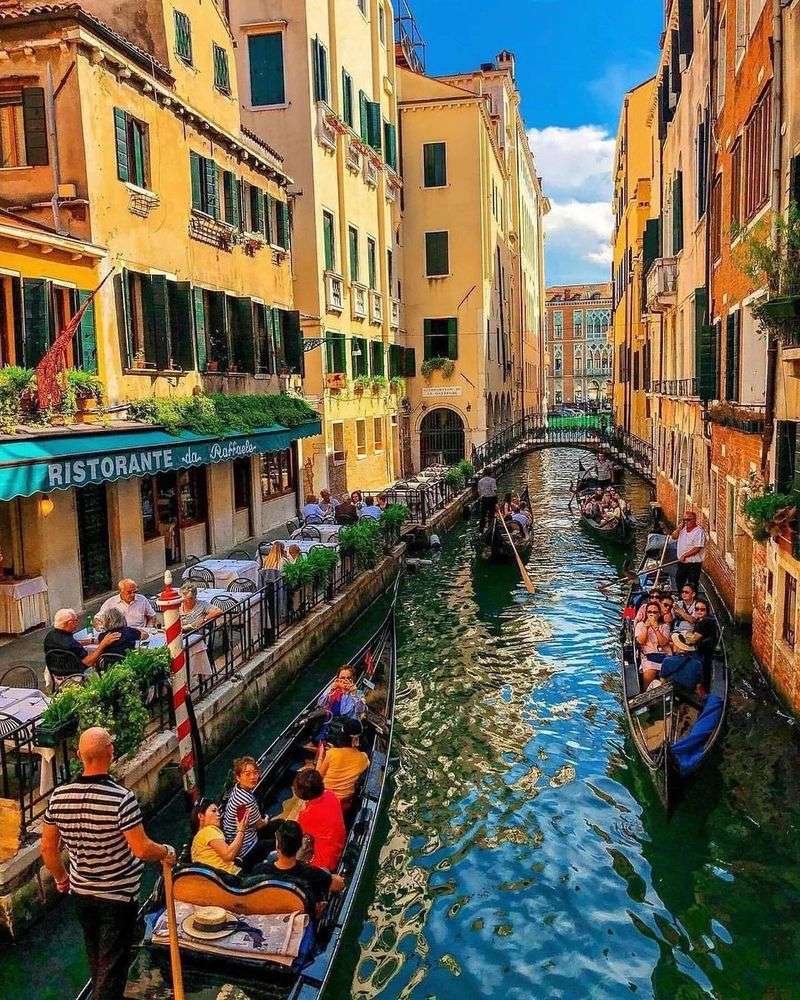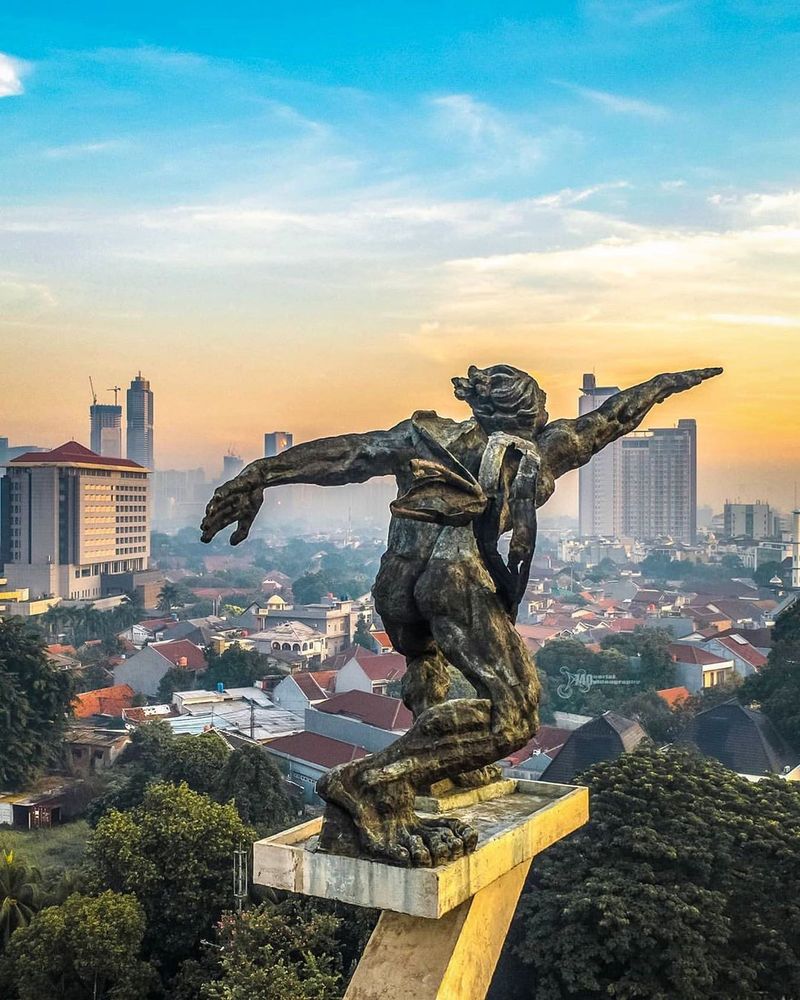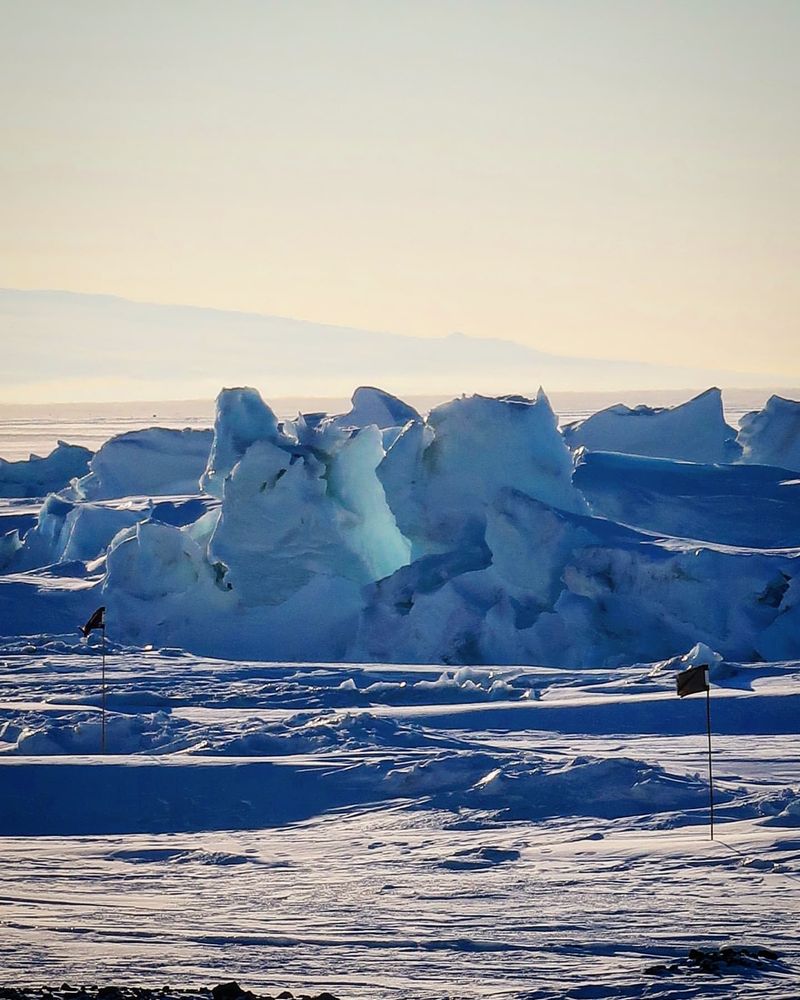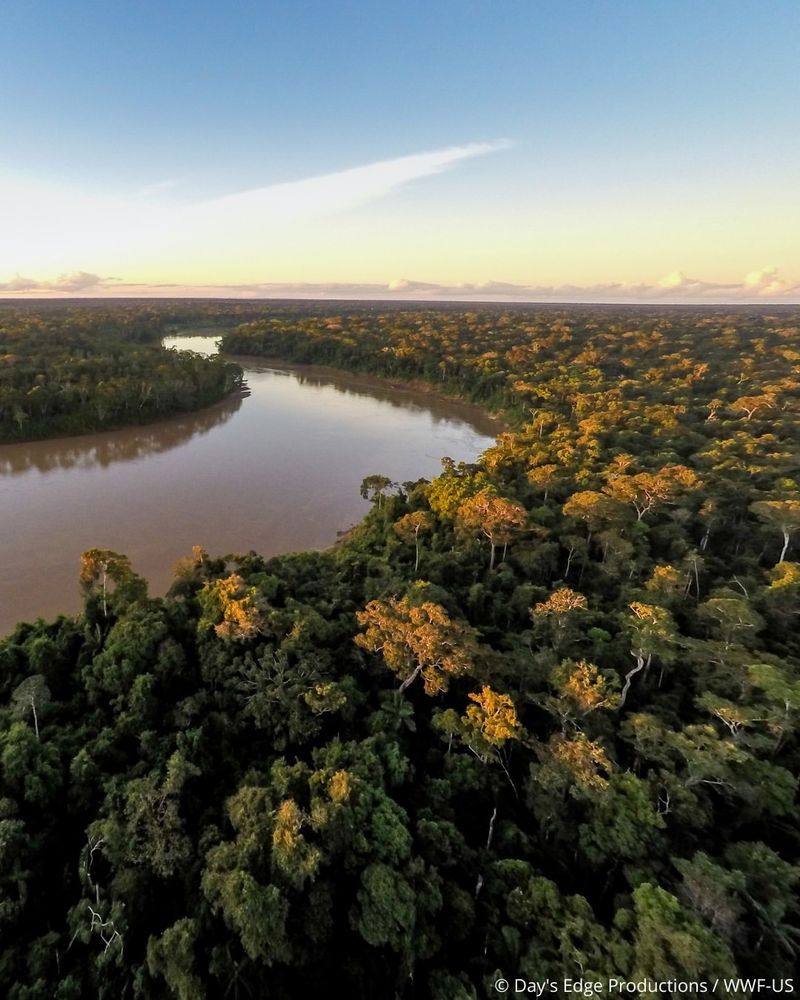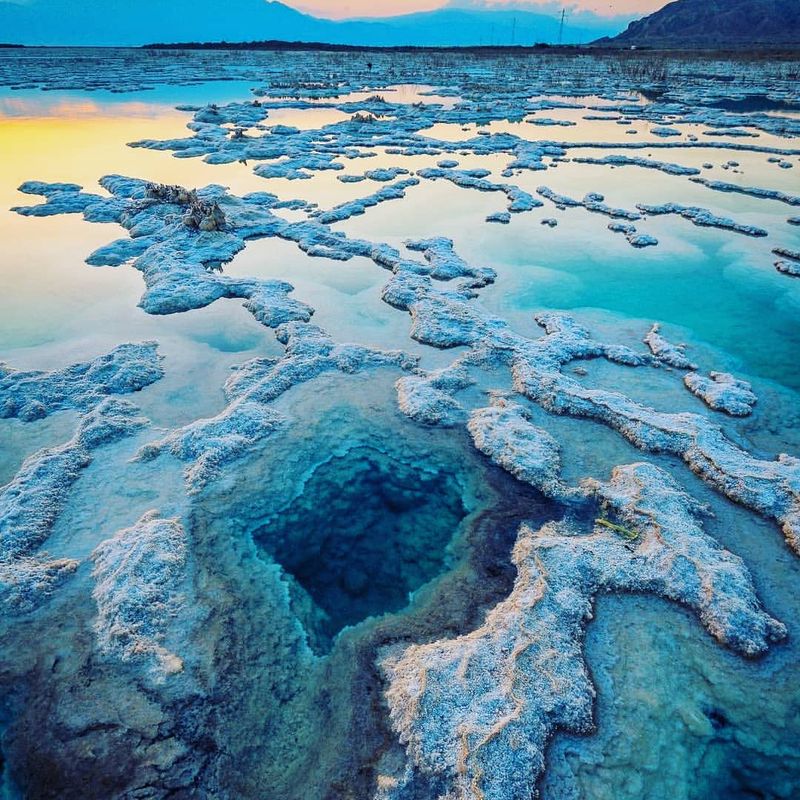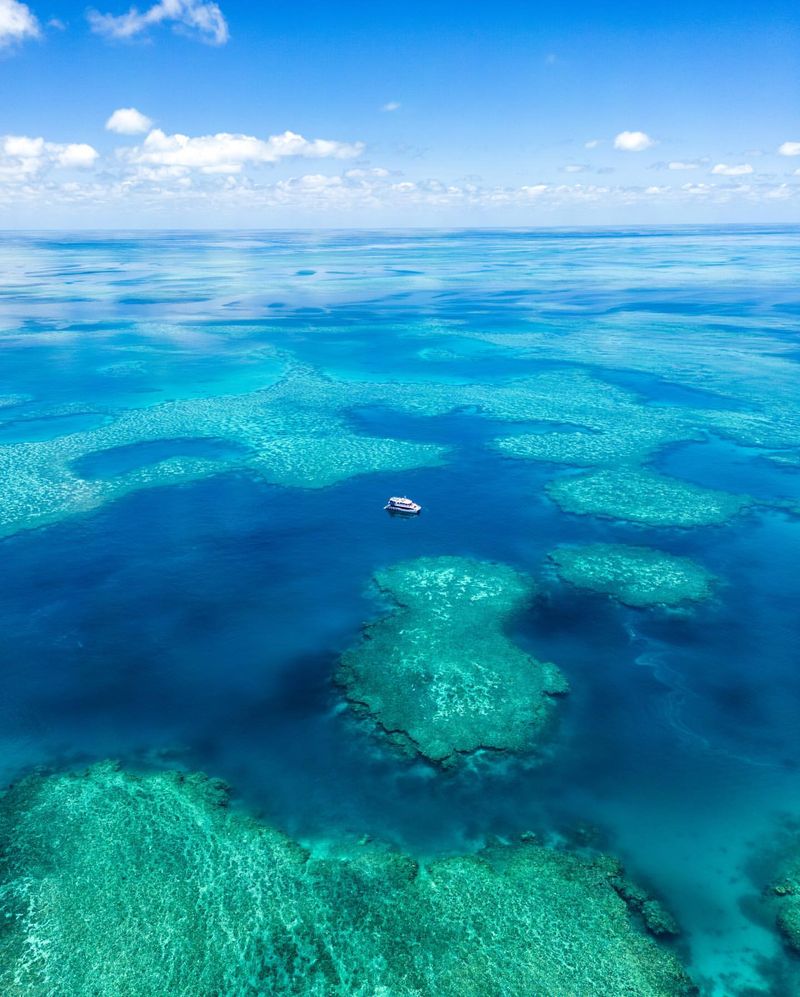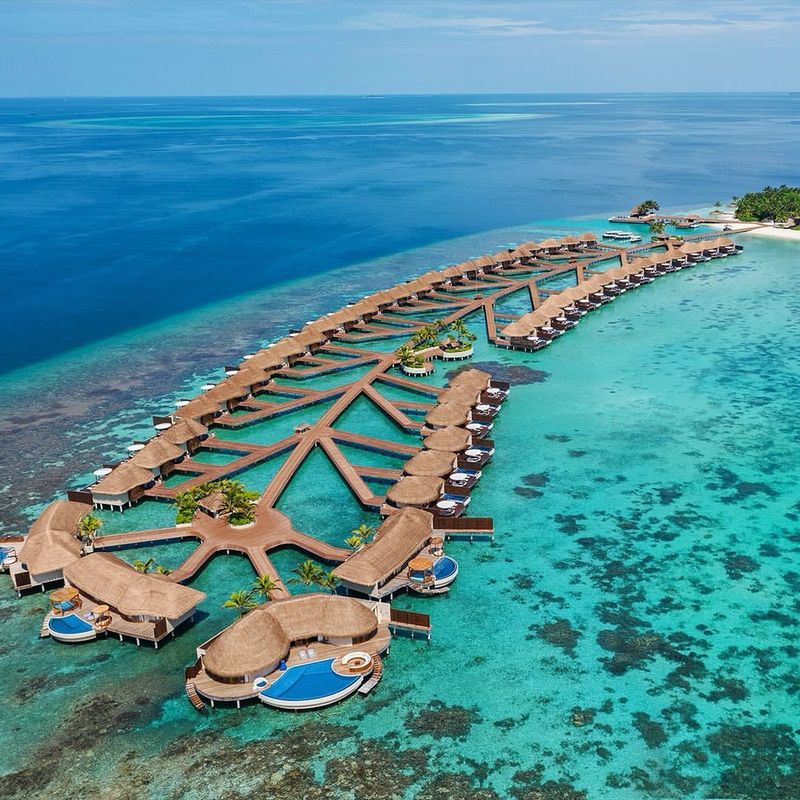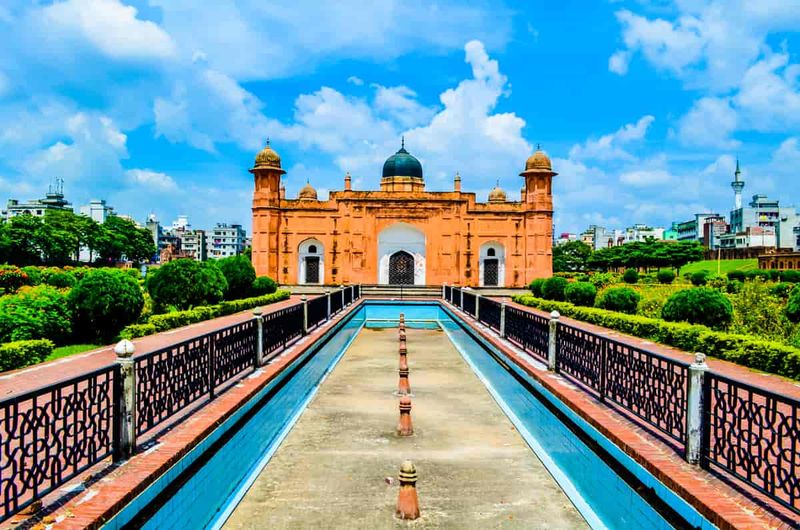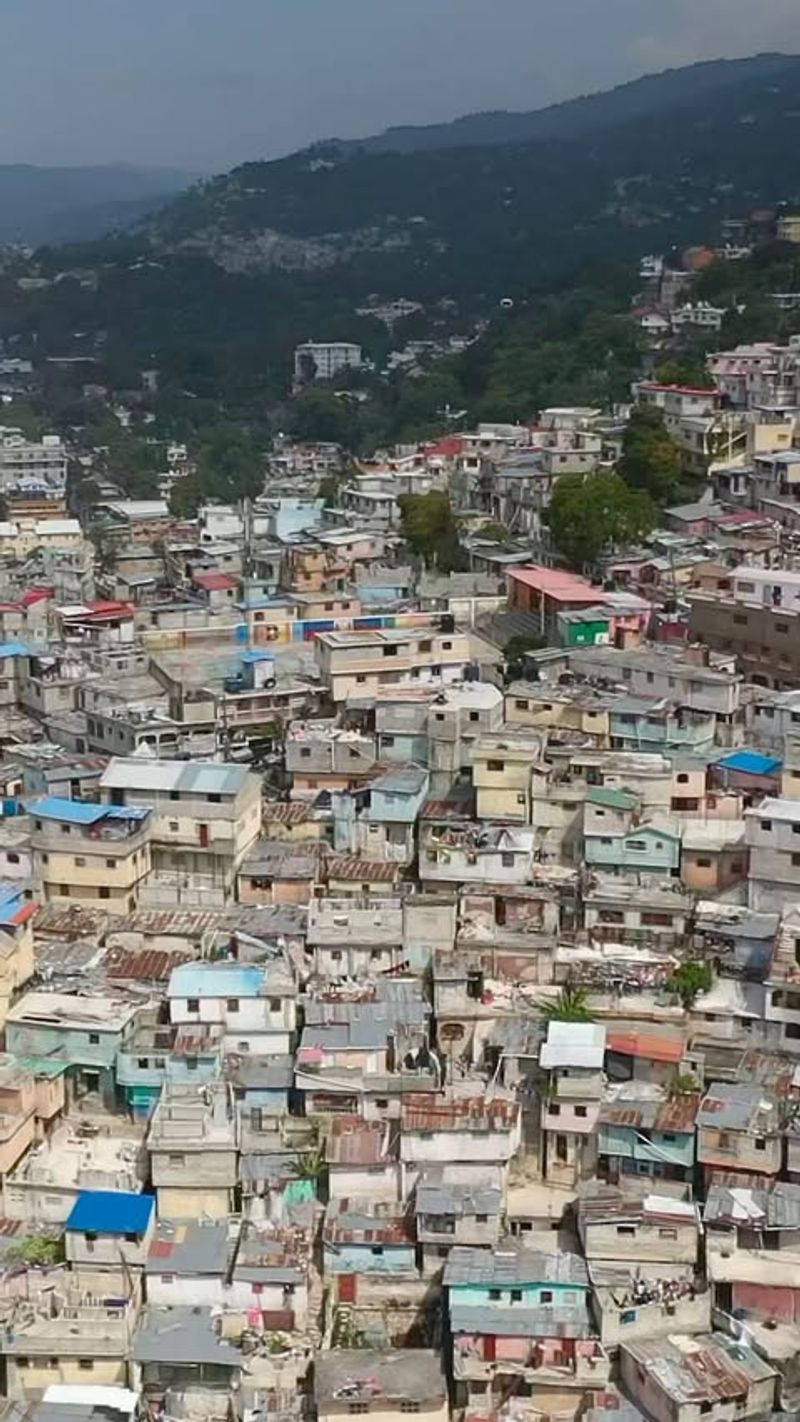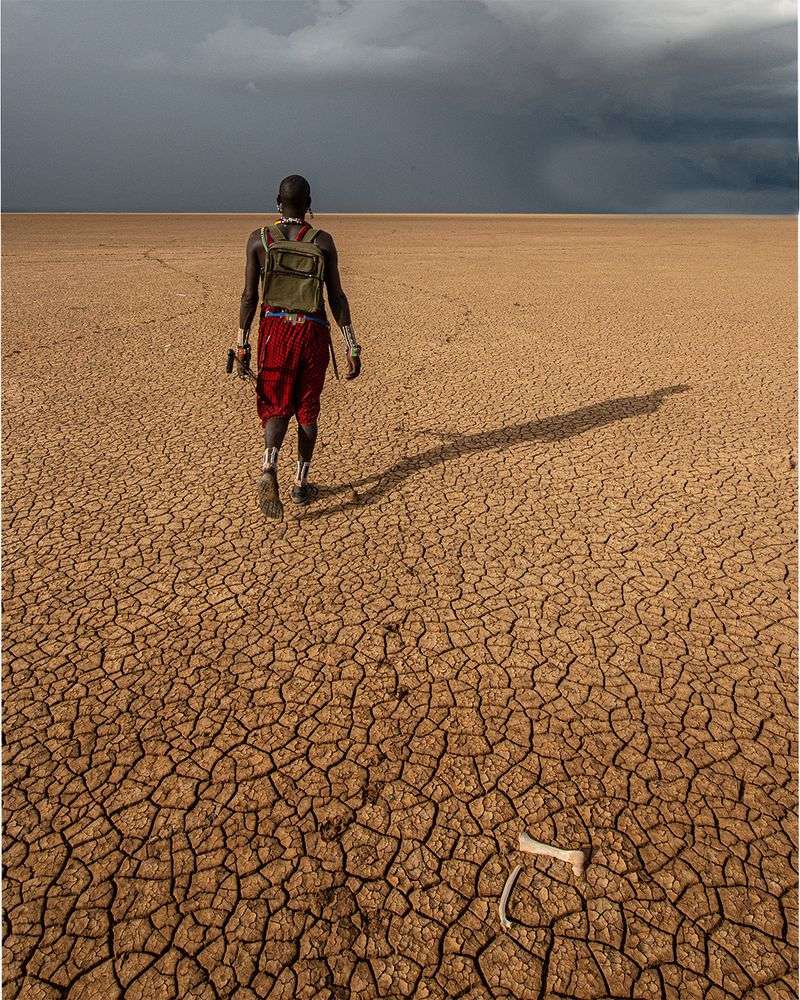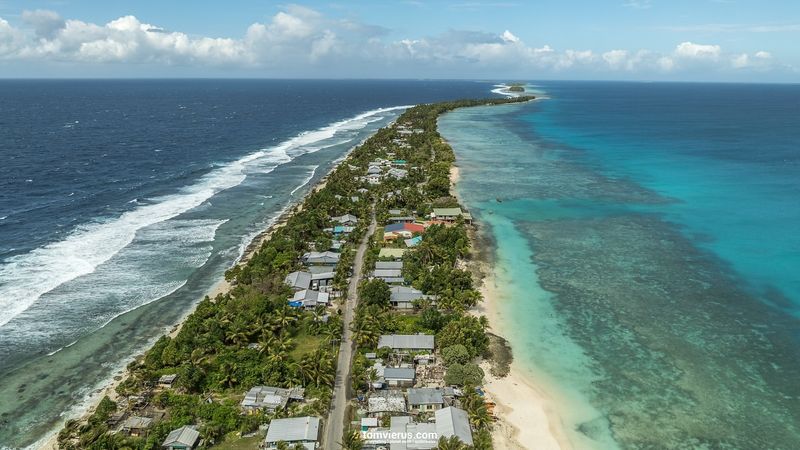Across the globe, numerous locations are teetering on the edge of disaster. From climate change to geopolitical tensions, these places face severe threats that could have devastating consequences. This blog post explores thirteen critical areas where immediate attention is necessary to prevent catastrophic outcomes.
Venice, Italy
Venice, renowned for its stunning canals and historic architecture, faces an imminent threat from rising sea levels. As climate change accelerates, the city’s foundations erode, putting homes and landmarks at risk.
Efforts to combat flooding, like the MOSE project, provide some hope, but challenges remain significant. Residents and tourists alike are urged to support sustainable practices to preserve this unique heritage.
Without substantial action, Venice may soon find itself submerged, a loss not only to Italy but to culture globally. Immediate intervention is crucial to protect this irreplaceable city from disaster.
Jakarta, Indonesia
Jakarta, Indonesia’s sprawling capital, grapples with severe flooding, exacerbated by rapid urbanization and deforestation. The city’s subsiding land and frequent rainstorms compound the crisis.
Government plans to move the capital are underway, but millions remain in peril. Infrastructure improvements and conservation efforts are vital to mitigate impending disasters.
Public awareness and community resilience play essential roles in adapting to these changes. Jakarta stands at a crossroads, where decisive action is necessary to safeguard its future. Addressing environmental impacts now could prevent a looming humanitarian crisis.
Antarctica
Antarctica, Earth’s southernmost continent, is a pristine wilderness facing dramatic changes due to global warming. Melting ice sheets contribute to rising sea levels worldwide, threatening coastal communities.
Research stations monitor these shifts, striving to understand the broader implications. Protecting this fragile environment requires international cooperation and stringent policies.
Safeguarding Antarctica isn’t just about preserving its beauty; it’s crucial for maintaining global ecological balance. As climate change unfolds, the urgency to act grows, with Antarctica serving as both a warning and a potential point of hope for the planet.
Amazon Rainforest, Brazil
The Amazon Rainforest, often called Earth’s lungs, is under siege from deforestation and wildfires. This vital ecosystem supports vast biodiversity and influences global weather patterns.
Conservation efforts face challenges from agricultural expansion and illegal logging. Local communities and international bodies must collaborate to protect these delicate ecosystems.
Immediate action is essential to halt environmental degradation. The Amazon’s health is a global concern, impacting everything from climate to indigenous cultures. Preserving it is not just an environmental imperative but a human one, requiring collective commitment for future generations.
The Dead Sea, Israel/Jordan
The Dead Sea, a natural wonder known for its mineral-rich waters, is rapidly receding. Water diversion from the Jordan River and mineral extraction contributes to its shrinking size.
This phenomenon threatens the region’s ecology and economies dependent on tourism. Initiatives like the Red Sea-Dead Sea project aim to alleviate the crisis.
Public awareness and sustainable water management are critical to reversing this trend. The loss of the Dead Sea would be a cultural and natural tragedy, emphasizing the need for immediate conservation efforts to secure its future.
Great Barrier Reef, Australia
Australia’s Great Barrier Reef, a UNESCO World Heritage site, faces severe threats from coral bleaching and ocean acidification. Climate change drives these changes, endangering marine life and biodiversity.
Efforts to restore coral health are ongoing, but require global cooperation to address underlying causes. Tourism practices also need reevaluation to minimize impact.
Preserving this natural wonder is crucial for marine ecosystems and local livelihoods. The reef’s decline signals broader oceanic issues, urging humanity to act decisively. Protecting it is not just an environmental necessity but a moral responsibility.
Maldives
The Maldives, an idyllic paradise of coral islands, is at risk of disappearing under rising seas. Climate change and coastal erosion threaten its very existence, affecting its economy reliant on tourism.
Adaptation measures, like artificial islands, are explored, but long-term solutions require international support and climate action. Local efforts focus on sustainability and resilience.
The Maldives’ plight highlights the vulnerability of small island nations. Protecting them demands a united global response to mitigate climate change. Their survival is a testament to the urgency of addressing environmental challenges collaboratively.
San Francisco, USA
San Francisco, located on the San Andreas Fault, is vulnerable to powerful earthquakes. The city’s skyline and infrastructure face potential devastation in the event of a major quake.
Preparedness programs and resilient building designs strive to mitigate disaster impacts, but vigilance remains key. Residents are encouraged to embrace safety measures.
Community engagement and scientific research are vital in anticipating seismic activities. San Francisco’s beauty belies its geological risks, making awareness and preparedness essential. The city stands as a reminder of nature’s unpredictable power, urging proactive measures to protect lives and heritage.
Sichuan, China
Sichuan, a province in southwest China, is prone to earthquakes and landslides due to its rugged terrain. These natural hazards pose significant risks to its population and infrastructure.
Efforts to enhance disaster readiness include early warning systems and community education. Balancing development with environmental preservation is critical.
Sichuan’s challenges underscore the need for integrated risk management. Building resilience against natural disasters is imperative for safeguarding its future. Collaboration between government, scientists, and communities offers hope in mitigating the threats that loom large over this dynamic region.
Bangladesh
Bangladesh, nestled in the delta of major rivers, faces severe flooding due to monsoons and rising sea levels. Its dense population is particularly vulnerable to these recurrent disasters.
Adaptation strategies include flood-resistant infrastructure and community-based interventions. International aid and local initiatives work to bolster resilience.
Bangladesh’s struggle reflects broader challenges faced by low-lying regions worldwide. Addressing climate change impacts is crucial for its survival and prosperity. Empowering communities through education and resources is a key step in confronting the environmental adversities they encounter.
Port-au-Prince, Haiti
Port-au-Prince, Haiti’s capital, is still recovering from devastating earthquakes, with infrastructure that remains fragile. The risk of future quakes looms large, threatening lives and livelihoods.
Efforts to rebuild focus on resilience and sustainability, with international support playing a crucial role. Reinforcing structures and enhancing preparedness are priorities.
Haiti’s challenges highlight the importance of global solidarity in disaster recovery. Strengthening communities through collaboration and capacity building is essential. Port-au-Prince’s resilience serves as an inspiration, underscoring the need for ongoing commitment to rebuilding and protecting vulnerable populations.
Sahel Region, Africa
The Sahel, a semi-arid region in Africa, faces severe threats from desertification and climate change. These challenges exacerbate food insecurity and displacement among its communities.
Initiatives like the Great Green Wall aim to combat desert spread and restore ecosystems. Sustainable agriculture practices are also promoted to enhance resilience.
The Sahel’s situation calls for urgent action from local and international stakeholders. Addressing these issues is vital for regional stability and prosperity. Building adaptive capacity and fostering innovation are key to transforming the Sahel into a landscape of opportunity rather than adversity.
Tuvalu
Tuvalu, a tiny island nation in the Pacific, is at risk of sinking beneath rising seas. This threat endangers its culture, community, and environment, driven by climate change.
Efforts to raise global awareness and secure relocation options are underway, highlighting the urgent need for climate action. International support is crucial in preserving Tuvalu’s future.
Tuvalu’s plight exemplifies the existential crisis faced by many small island nations. Their survival hinges on collective global efforts to address environmental challenges. Protecting Tuvalu is a moral imperative, underscoring the interconnectedness of our world’s ecosystems.
